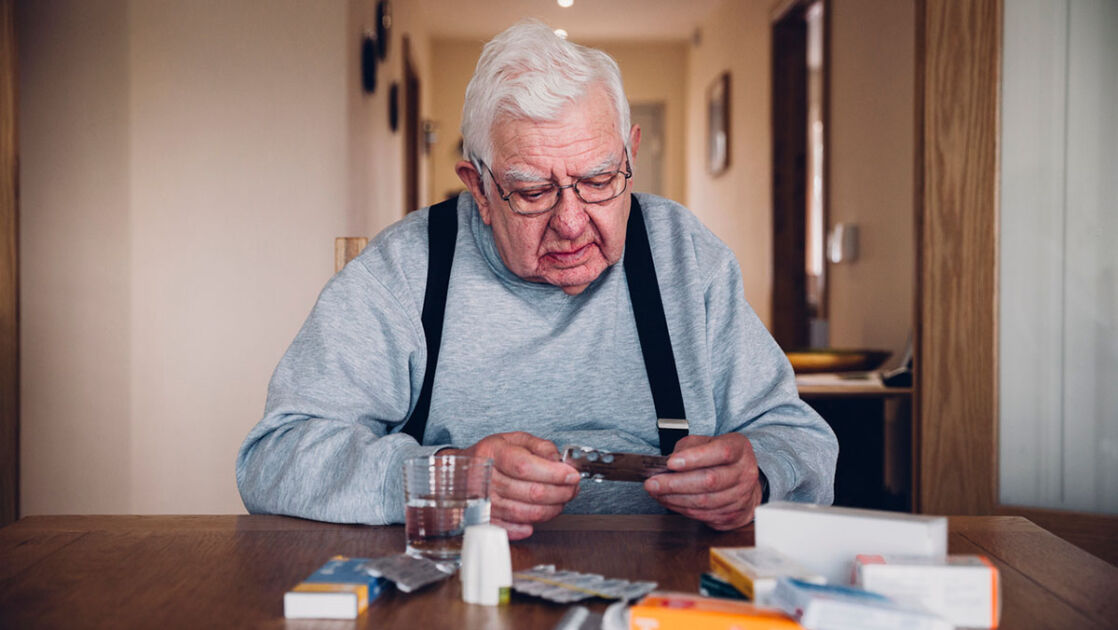Until 1998, men presenting to doctors or nurses in primary care with erectile dysfunction (ED) were often assumed to have a psychological problem and were referred for psychosexual counseling with interminable waits, or to urology clinics for discussion and a trial of injectible drugs, rings or vacuum devices.
All that changed in 1998 with the marketing of a drug that blocked the breakdown of the protein cyclic guanidine monophosphate, which facilitates nitric oxide-mediated smooth muscle relaxation of the corpus cavernosum in the penis, thus facilitating erections. The phosphodiesterase-5 (PDE5) inhibitors were born, firstly with sildenafil (Viagra, Pfizer, Walton-on-the-Hill), followed in 2003 by vardenafil (Levitra, Bayer, Newbury) and tadalafil (Cialis, Lilly, Basingstoke).
The impact of all this was to make both clinicians and patients alike realise that ED was predominantly organic and treatable and ED is now overwhelmingly a primary care issue (Lloyd et al, 2004). We now know that over 80% of ED is organic in nature and the most common underlying pathology is diabetes.
Men with diabetes are three times more likely to develop ED than men without diabetes and, at any one time, approximately 50% of men with diabetes have ED (Grover, 2006). At diagnosis, about a third of men with type 2 diabetes have ED (as measured by the International Index of Erectile Function-5 [IIEF-5] questionnaire) and the prevalence rises with age at diagnosis. Even more worrying, 25% of men with type 1 diabetes also have ED, rising from 10% in those aged 21–29 years to almost 50% in those over 40 years (Klein, 2005).
So, ED is common and we have at our fingertips in primary care the oral medications to treat it. We know PDE5s work in over 75% of men with diabetes-related ED and there are no legal barriers since diabetes is specified in the 1999 DoH guidance as one of the conditions for which PDE5s may be used. If it were that easy, we could have a dispenser in the waiting room.
But it is not. Aside from the prescribing contraindications and warnings (particularly for people taking nitrates in any form, and those with a recent stroke, unstable cardiac disease or hypotension), ED is both a marker of autonomic neuropathy and endothelial dysfunction (a known precursor to cardiovascular disease [CVD]), and a predictor of depression and impaired quality of life. In addition, there is a high prevalence of Peyronie’s disease among men with diabetes and ED.
The association between ED and CVD (stroke, peripheral arterial disease and CHD) is particularly important. In several studies, ED has been associated with a poorer cardiovascular prognosis (Heruti, 2007) as well as the presence of angiographically significant coronary artery disease even in the absence of symptoms (Kawanishi 2001; Gazzaruso, 2006). In addition, all men with diabetes are not equally affected. Older men and those who smoke, have raised blood pressure and cholesterol or have a HbA1c over 8% are more likely to develop ED.
For our patients, however, it is often the relationship and quality-of-life issues that are most important. Not only does ED lead to a deterioration in all quality-of-life parameters such as general perception of health and social functioning, but also to a marked increase in depressive symptoms (De Berardis et al, 2005).
So, it is clear we must pick up ED early. Specific questioning about ED should be an integral part of the diabetes annual review done in primary care. People need educating that treating ED is not just about improving their sex lives but is as important as eye or foot checks in detecting complications early.
Attention to cardiovascular risk factors and detection of early signs of CVD should be especially focused in those with ED. All healthcare professionals should have a good working knowledge of not just the three available PDE5s, but also other treatment options when these drugs don’t work or are contraindicated.
The following article by Mike Callender gives us all we need to know. So no more jokes about ED please. It’s serious.





Primary care has the potential to prevent up to 45% of the population attributable risk of dementia.
17 Sep 2024